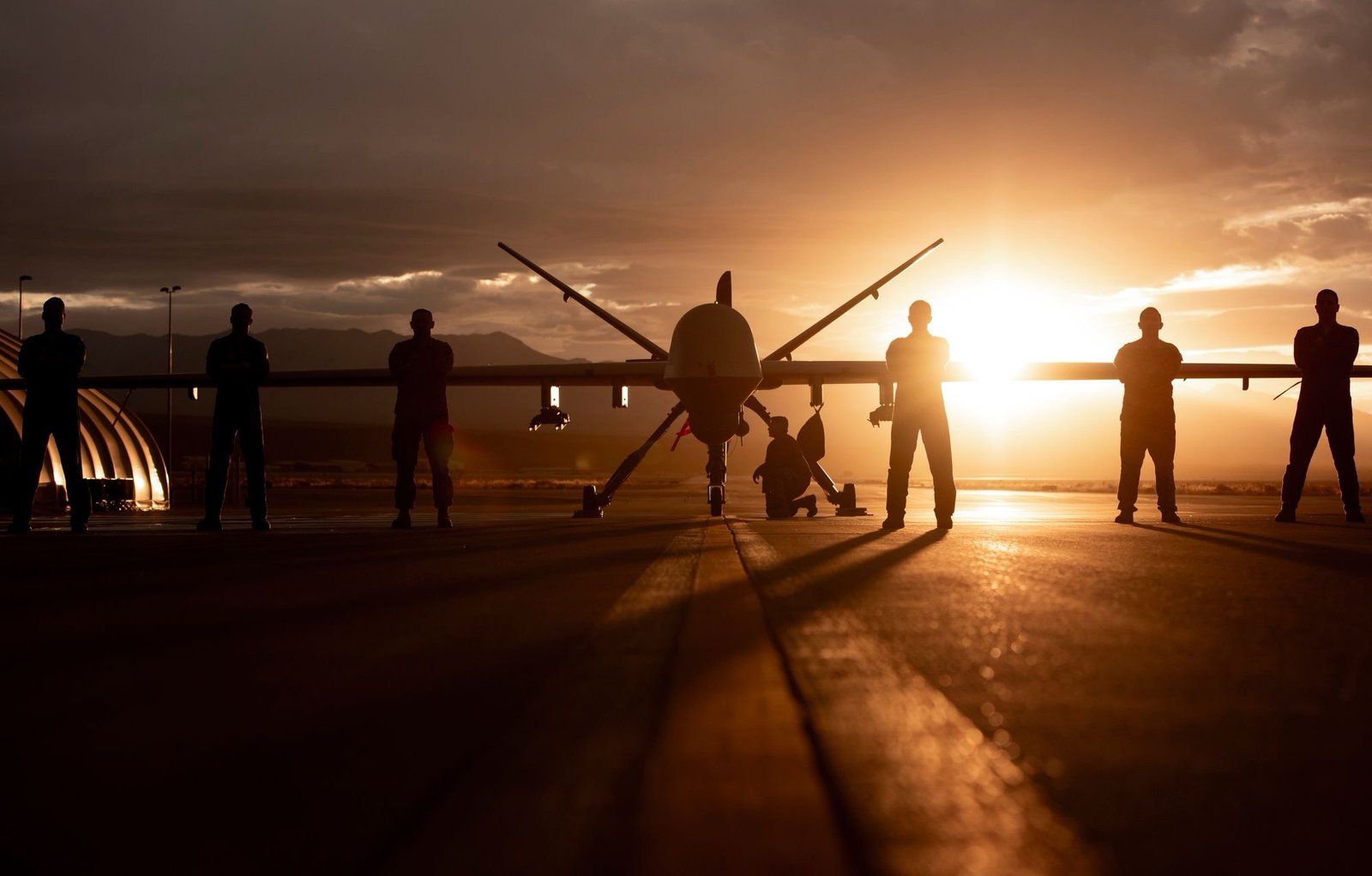In an era where remotely piloted vehicles are transforming military operations, the MQ-9 Reaper stands out as a paragon of autonomous aerial warfare. It fills dual roles in intelligence collection and offensive operations, making it an invaluable asset to the U.S. Air Force. This report provides an in-depth look at the MQ-9’s missions, features, and broader implications for future warfare.
Mission Capabilities
The MQ-9 Reaper is not just a drone; it’s a comprehensive system that supports a multitude of roles. While intelligence, surveillance, and reconnaissance (ISR) are its primary tasks, it also performs close air support, combat search and rescue, and precision strikes. Its significant loiter time and multi-mode communication suite make it a game-changer in the sphere of irregular warfare.

Advanced Features
Equipped with a Multi-Spectral Targeting System (MTS), the Reaper boasts an array of advanced sensors. It can guide laser-guided munitions with precision, thanks to its laser rangefinder/designator. What sets it apart is its modular design, allowing for mission-specific customization, increasing its operational flexibility substantially.

Operational Background
Developed as a successor to the MQ-1 Predator, the MQ-9 is purpose-built for time-sensitive and high-precision operations. It was proposed as part of the Department of Defense’s initiative to enhance overseas contingency operations, signifying its importance in modern-day conflict scenarios.

General Characteristics
- Primary Function: Intelligence collection and precision strikes
- Contractor: General Atomics Aeronautical Systems, Inc.
- Power Plant: Honeywell TPE331-10GD turboprop engine
- Maximum Takeoff Weight: 10,500 pounds
- Armament: Varied, including AGM-114 Hellfire missiles and GBU munitions
- Crew: Two (remote)
- Unit Cost: $56.5 million (as of fiscal 2011)
Conclusion
The MQ-9 Reaper is far more than an advanced drone; it’s a multirole system designed to adapt to evolving warfare requirements. Its vast array of capabilities makes it an invaluable tool for intelligence collection and offensive operations. Although it’s set for retirement by 2035, its impact on aerial warfare is irrefutable and will likely guide the development of future UAV systems.
Key Takeaways
- The MQ-9 Reaper serves dual purposes in ISR and offensive operations.
- Advanced features like the Multi-Spectral Targeting System give it a cutting-edge advantage.
- Developed to enhance overseas operations, it plays a pivotal role in modern military strategies.




















+ There are no comments
Add yours